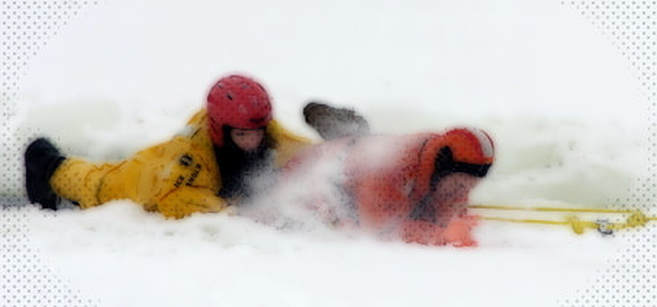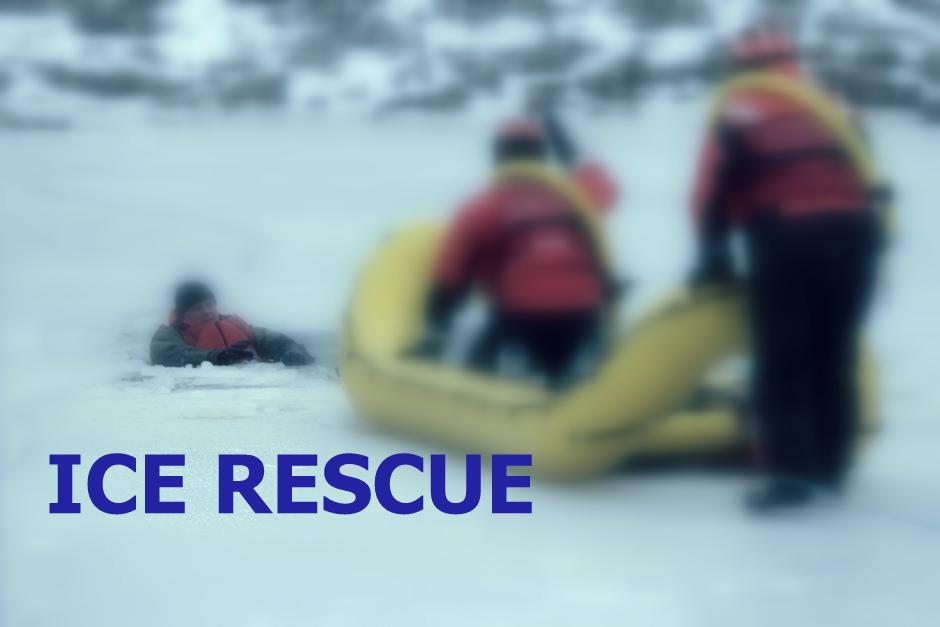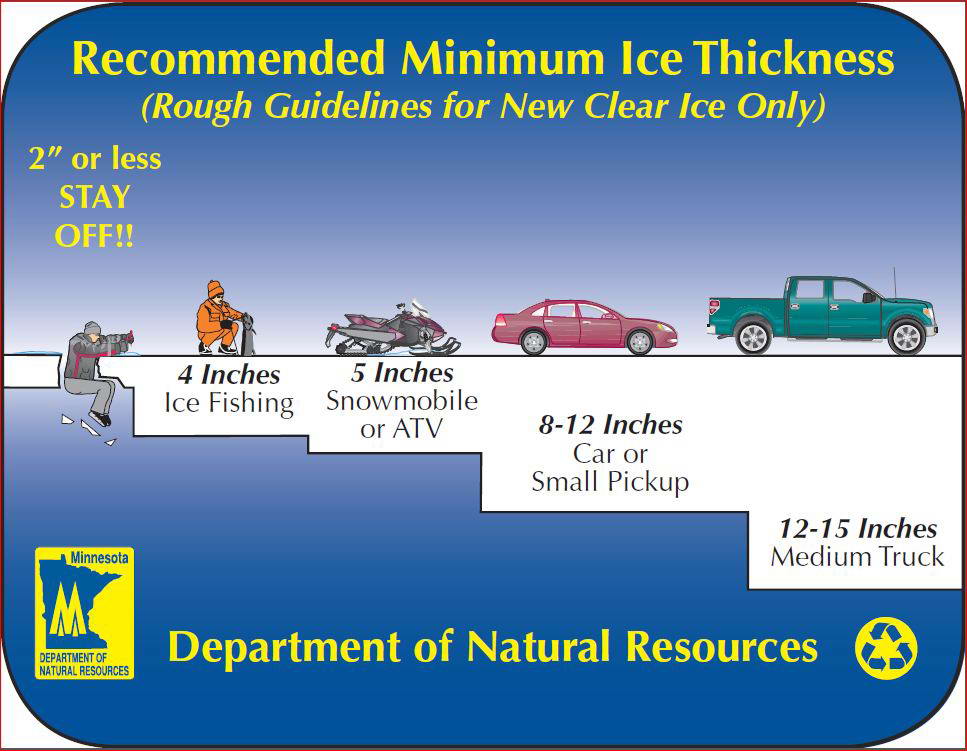Ice Rescue
|
USEFUL RESOURCES / PDFS
We have attached a couple of useful Ice and Rescue info PDFs. Please have a look. It is useful and relevant.
| |||||||||
NFPA: For more information you may like to freely view the NFPA 1006 standard (2017 Edition) online at this link HERE (Free account needed.)
Whether you are from the Fire, Police, EMS / Paramedics or Private industry or any provincially or federally supported agency (i.e., Nuclear Power, Municipal or Federal workers) the language and terminology is similar so that mutual aid and interoperability is not compromised. --- Gary Foo ---
Course Overview
The following is a sample course outline for an Ice Rescue Tech Instructor's Course which assumes certain previous foundation knowledge.
|
DAY ONE
• Introduction and Course Overview, text and C D review • Hypothermia: Treatment and Patient Care / Power point • Ice Rescue Case Studies: Videos and Articles, NFPA Command and Incident Structure, Section 21 considerations • Apparatus Training Videos, swift water hazards in Ice rescue • Intro to P.P.E. in Ice Rescue • NFPA Levels of Training – Duties • Finding the Patient: Types of Searches, Point last seen marking, Basic Map and Compass Skills • Ropes and Knots, review • P.P.E. issue and fitting DAY TWO • Emergency Field Donning drill of Dry Suits, P.F.D., and Helmet • Site safety briefing • Line, Knot, and Rope Attachment Drill • Personal Safety on Ice • Self rescue with, and without, “Picks of Life” • Line Rescues: Throw Bags • Rescues: Reach Assist, Flotation Collar, and Rescue Board • Assembly of extractor rescue Board and Inflatable Rescue Boat DAY THREE • Ice Rescue Board and boat Scenarios: Line Rescues • I.R.B. RDC and DUX/ usage / line rescues / extractor board rescues • Distance considerations, communication and spotting, • PLS - point last seen marking • Patient retrieval and evacuation scenarios: floatation aids and International Stretcher • Use of ice and snow anchors for change of direction and • off shore staging |
DAY FOUR
• Open Water site exercise, all techniques • Advanced Ice Rescue tethered retrieval, snorkel search with fins and mask • Retrieval jaws pole usage • Ice Rescue product analysis and comparison • Rescues: Open water / Cold water • Point last seen marking DAY FIVE • TESTING: • Written test • Skills checklist – individual and group • Test scenarios ice and open water search rescue and retrieval • Scenario debriefs • Course debrief |
Useful graphic on ice thickness


